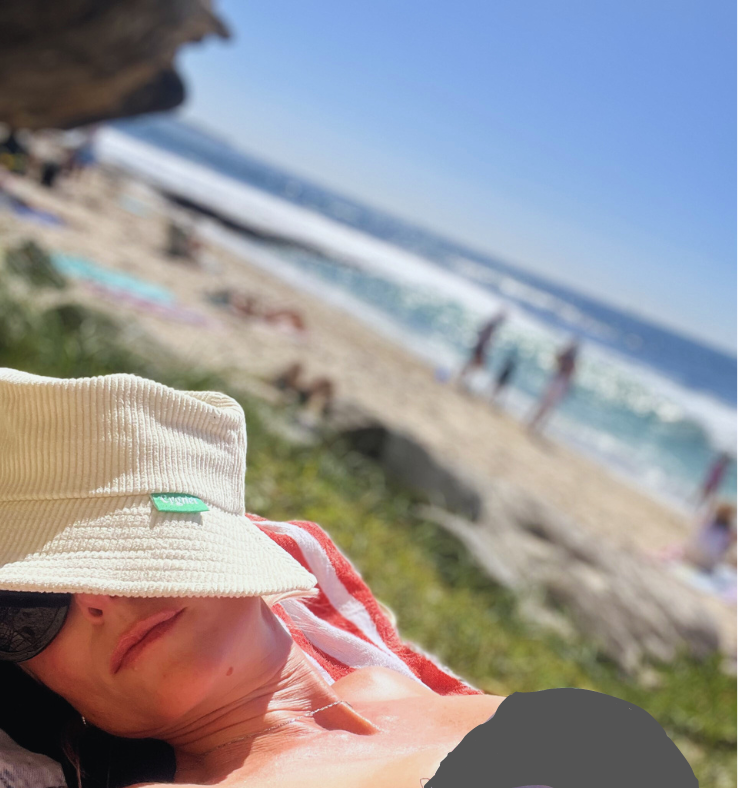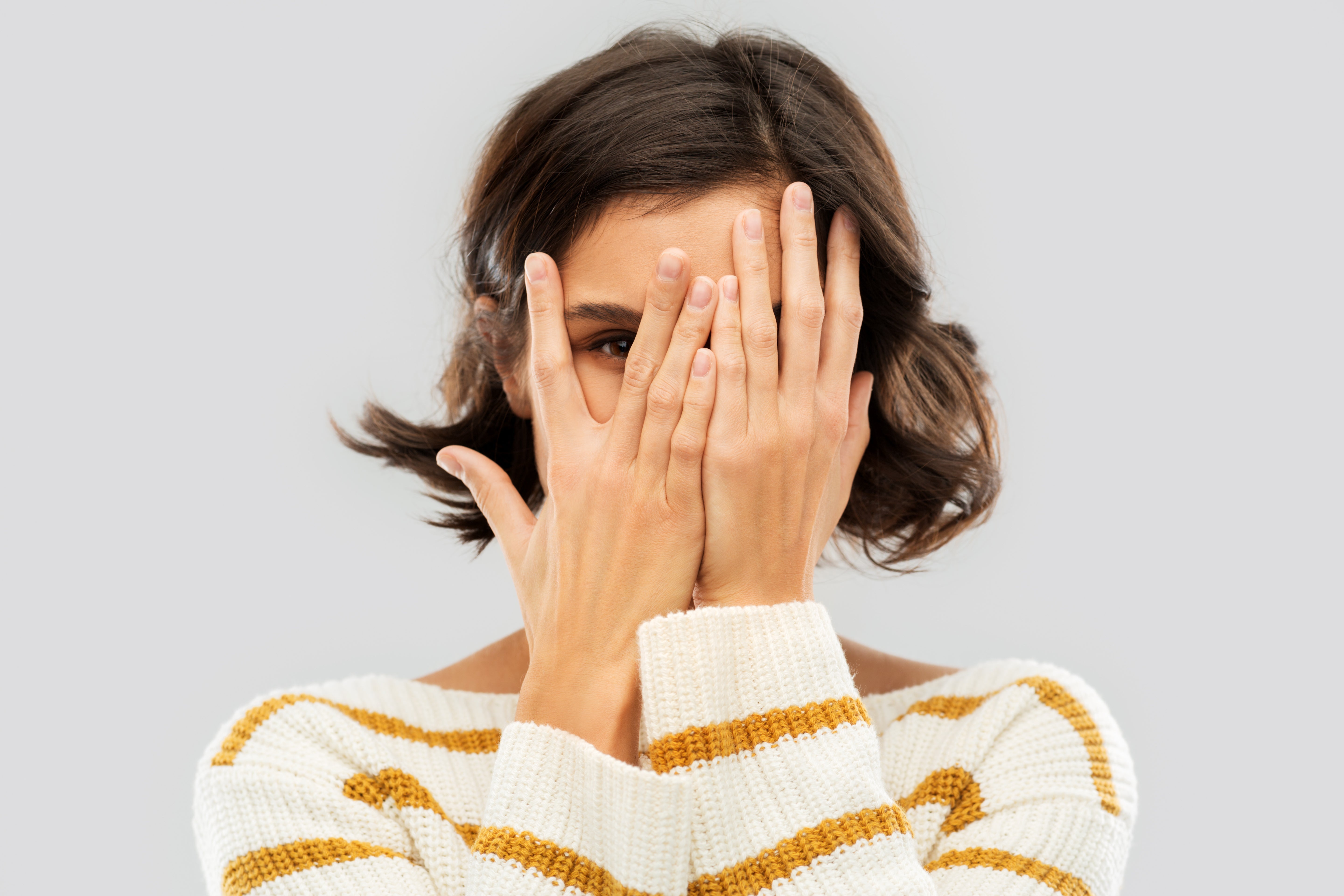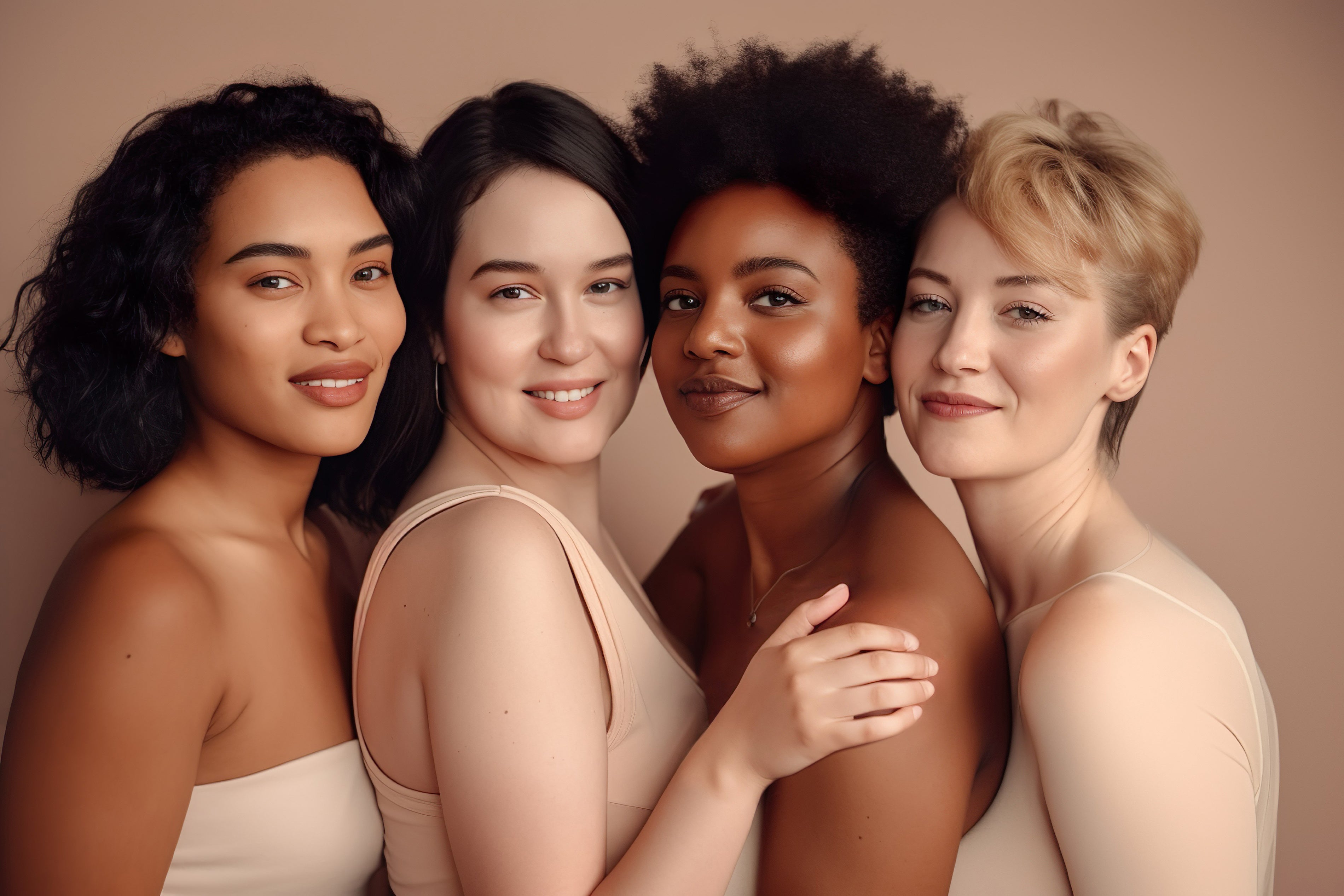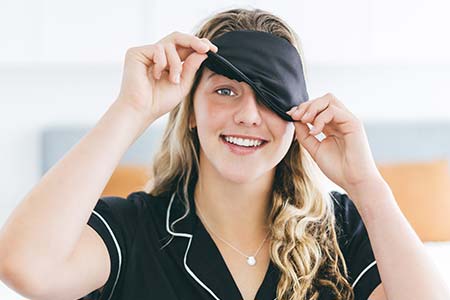Sun series Part 1: Say Goodbye to Healthy Skin.....wait, what?!

We all want healthy, plump, glowing skin right? Right! But so often we neglect the most important part of our skincare routine, potentially sabotaging every other product, device, and treatment that we use - sun protection.
When it comes to protecting our skin from the harmful effects of the sun, most of us know we should slip on protective clothing, slop on sunscreen, and slap on a hat, and slide on some sunnies but why? Sometimes its all too hard, "I'll only be outside for a little while", "I just want to get a bit of a tan", "I'll get hat hair" (the worst!). The perception of sun damage as a 'tomorrow problem', especially for young people, can also mean we are sometimes slack in taking the right precautions today that will provide benefits in the future.
Hopefully, by having a deeper understanding of why protecting our skin from the sun is important, we can start making better choices more often and taking care of our future selves. The ‘why’ is all about UV rays and their ability to effectively scramble our DNA and cause havoc in our skin. Read on as we explore the different types of UV rays and how they can impact our skin.
What are UV rays?
Ultraviolet (UV) rays are a form of electromagnetic radiation emitted by the sun. They sit between visible light and X-rays on the electromagnetic spectrum, are invisible rays of energy, and are classified into three types based on their wavelength: UVA, UVB, and UVC.
What are UVA rays?
UVA rays are the most common type of UV radiation that reaches the Earth's surface. UVA rays are the longest wavelength of UV rays and can penetrate deep into the skin. This means that UVA rays can cause long-term damage to the skin's collagen and elastin fibres found in the dermis (below the epidermis), leading to premature aging (think UVA for Aging) such as wrinkles, sagging skin, and age spots. They can also suppress the immune system, making it harder for the body to fight off skin cancer.
UVA rays are present whenever there is daylight, even on cloudy days, and can pass through glass, making them a constant threat to our skin even when indoors or driving in your car. This is why it's crucial to protect your skin from UVA rays every day, regardless of the weather or your location.
What are UVB rays?
UVB rays have a shorter wavelength than UVA rays, but they are more energetic. UVB mainly affects the outer layer of the skin, the epidermis, and is the primary cause of sunburns (think UVB for Burn). These rays are most intense between 10 a.m. and 4 p.m. during the summer months and are responsible for the immediate tanning effect on the skin, as they stimulate the production of melanin, the pigment that gives our skin colour.
While UVB rays are less prevalent than UVA rays and do not penetrate the skin as deeply as UVA rays, they can still cause significant damage. UVB rays are more intense, especially during the summer months and at higher altitudes, and prolonged exposure can lead to skin damage, and an increased risk of skin cancer including the deadliest form, melanoma.
What are UVC rays?
UVC rays have the shortest wavelength and are the most dangerous, but fortunately, they are absorbed by the Earth's atmosphere and do not reach the surface.
Protecting your skin from UV rays.
Now that we understand the dangers of UVA and UVB rays, it's crucial to take steps to protect our skin from their harmful effects. Here are some tips
- Apply sunscreen: Use a broad-spectrum (protects against UVA and UVB) sunscreen with a high SPF (ideally at least 50 in the Aussie sun). Apply it generously to all exposed skin, even on cloudy days. It’s so important to use the correct amount of sunscreen (usually more than you think) and reapply every 2 hours, or more frequently if you are sweating or swimming.
- Seek shade: Limit your time in the direct sun, especially during the peak hours of 10 a.m. to 4 p.m.
- Wear sunglasses that block 100% of UVA and UVB rays to protect your eyes and the delicate skin around them.
- Wear protective clothing: Cover your skin with long-sleeved shirts, pants, and wide-brimmed hats.
- Check the UV index: Be aware of the UV index in your area and take extra precautions when it is high.
Taking care of your skin is a lifelong commitment and how you care for it today will show as the years go by - for better or worse! The number one thing you can do to keep your skin healthy is protect it from UV rays. It’s not just about preventing sunburns which yes, can be uncomfortable, but more importantly, it's about safeguarding your skin's health and reducing the risk of long-term damage, such as premature aging and skin cancer.
Look out for follow-up stories in this sun series where we break down the different factors that can make your skin more sensitive to UV rays and what SPF actually means. in the meantime...
Meet the So Shady Bucket Hat!
When it comes to sun protection, we love the So Shady Bucket Hat! This stylish and functional hat provides excellent coverage for your face, neck, and ears, shielding them from both UVA and UVB rays. Made with high-quality materials, it's super comfy and is adjustable making the So Shady Bucket Hat a must-have accessory for anyone and everyone!
References:
- American Academy of Dermatology Association. (n.d.). Sunscreen FAQs. Retrieved from https://www.aad.org/public/everyday-care/sun-protection/sunscreen-patients/sunscreen-faqs
- Centers for Disease Control and Prevention. (2021, May 24). How to Protect Yourself & Others. Retrieved from https://www.cdc.gov/coronavirus/2019-ncov/prevent-getting-sick/prevention.html
- Mayo Clinic. (2021, May 4). Sunburn. Retrieved from https://www.mayoclinic.org/diseases-conditions/sunburn/symptoms-causes/syc-20355922


